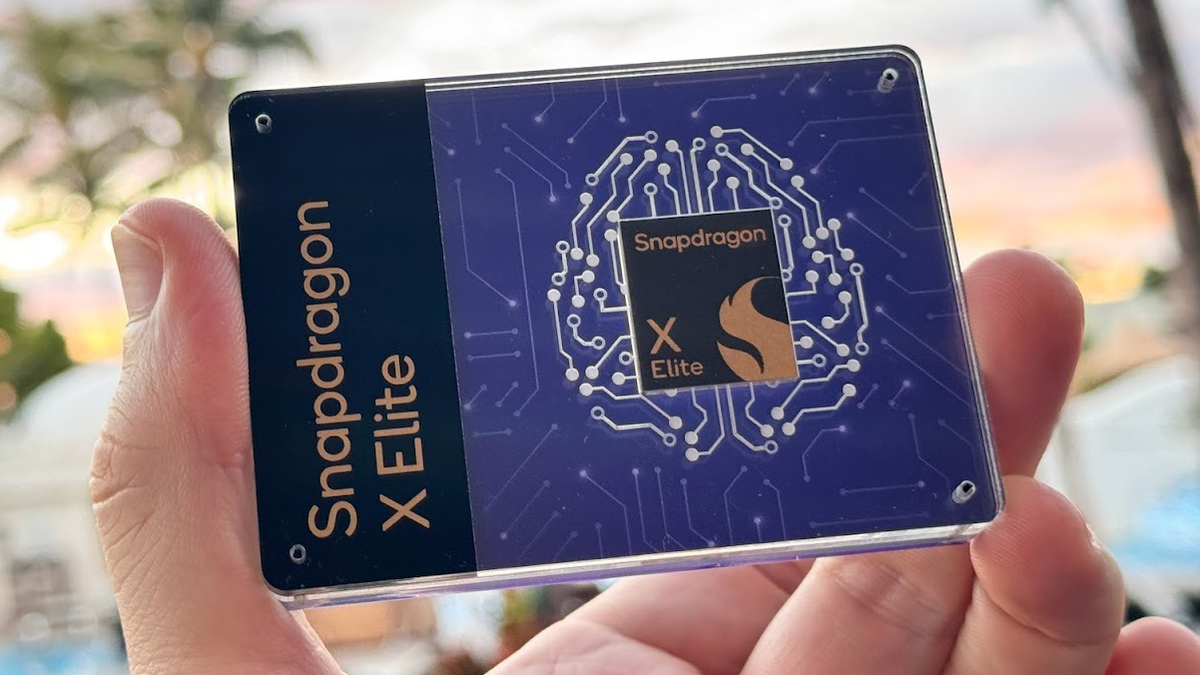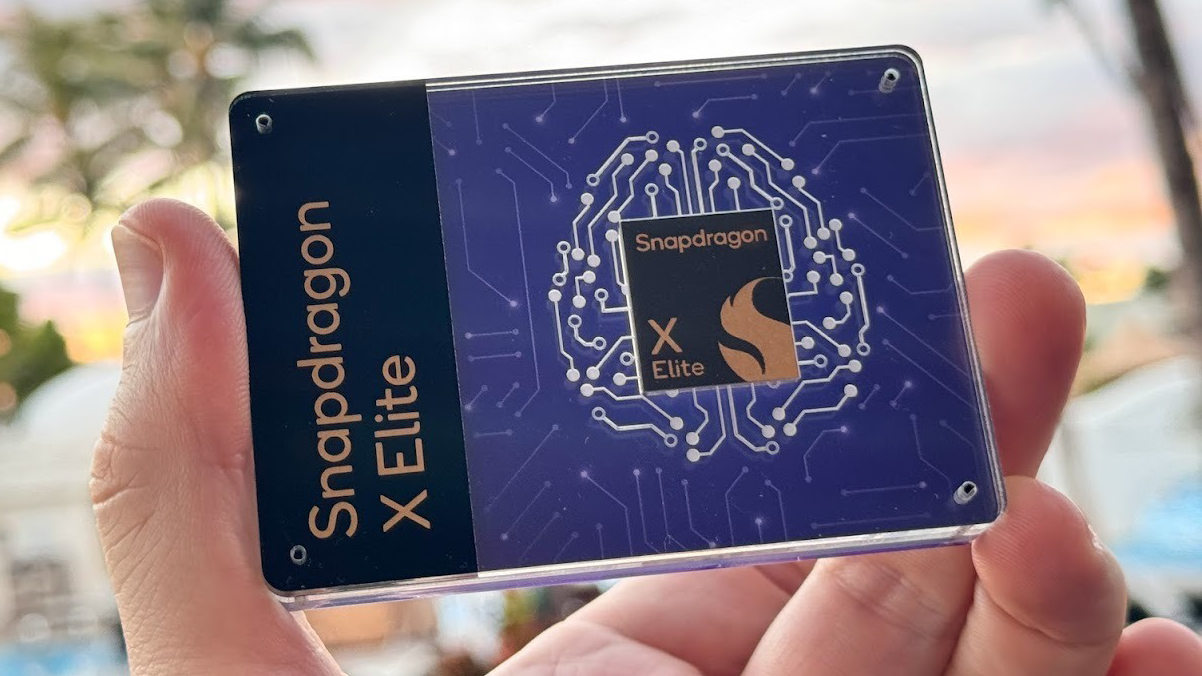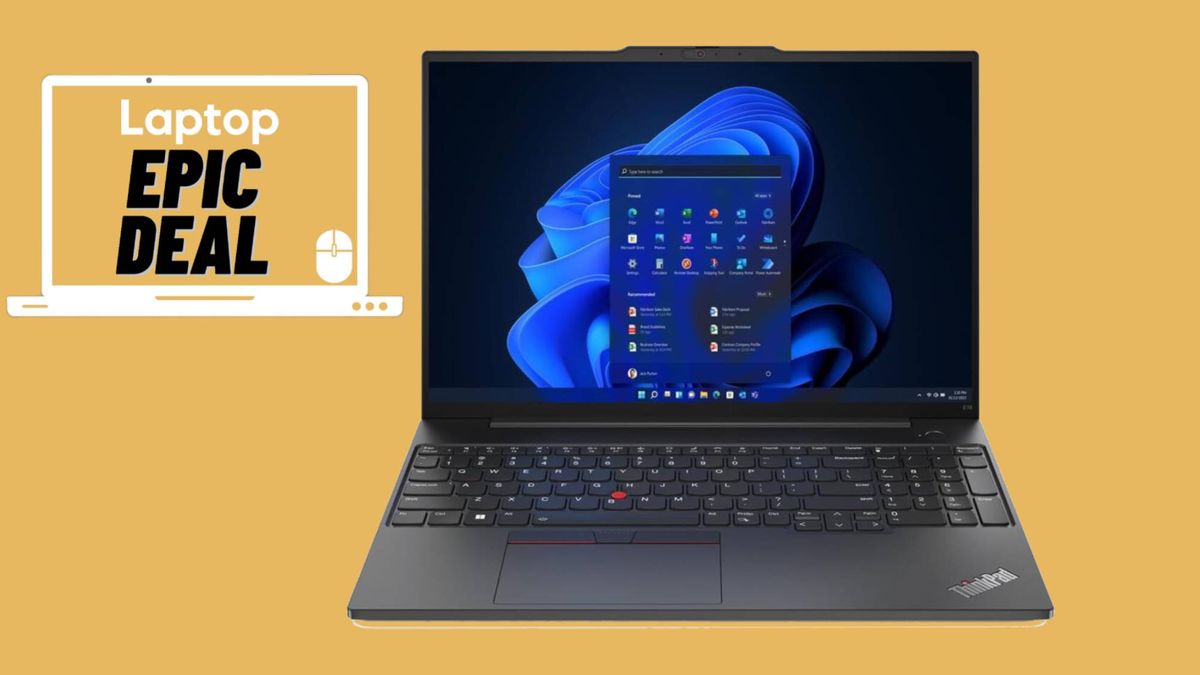

Qualcomm certainly isn’t a small brand, but you’d typically associate it with smartphone processors, not laptop processors. But 2024 may be the year that all changes due to Qualcomm’s latest chipset: the Snapdragon X Elite.The ARM-based Snapdragon X Elite is poised to improve Windows laptops in every way, from higher multi-core performance scores to stronger AI performance capabilities and more efficient power consumption (read: longer battery life). With these advancements, Windows on ARM will finally be able to compete with Apple’s M3 MacBooks, and even M4 devices in some ways. While some of this is purely based on Qualcomm’s claims, we’ve gotten our hands on several reference laptops and they seem like they can deliver.While Qualcomm announced the chip on October 24, 2023, laptops with the three variants of its Snapdragon X Elite chip — and the budget-friendly, yet still powerful Snapdragon X Plus chip — won’t be available until “mid-2024,” per Qualcomm. While announcements are expected this month, the laptops likely won’t arrive until June. Until then, here’s everything we know about Qualcomm’s Snapdragon X Elite chipset.Latest news (Updated 5/19/24)Snapdragon X Elite: AvailabilityMost laptops equipped with Qualcomm’s Snapdragon X Elite chip will ship in mid-2024, likely sometime in June. However, at least one X Elite-powered laptop — possibly the Asus Vivobook S 15 OLED (S5507) — might launch at a virtual event a few weeks prior on May 20.Other than Asus, Qualcomm announced that these PC makers are working with the Snapdragon X Elite chip right now: AcerDellHPHONORLenovoMicrosoftSamsungXiaomiWe expect to see multiple AI PCs featuring the Snapdragon X Elite at Computex, a tech trade show in Taipei, between June 3 and June 7. Laptop Mag will be attending Computex, so keep an eye out for breaking X Elite news from us in early June.Snapdragon X Elite: VariantsThanks to an official announcement from Qualcomm, we know that there will be four chips in the Snapdragon X Series.Get our in-depth reviews, helpful tips, great deals, and the biggest news stories delivered to your inbox.For the Snapdragon X Elite chipset specifically, there are only three variants. Each X Elite chip is paired with LPDDR5x RAM and features a 12-core Oryon CPU with a cache of 42 MB, an Adreno GPU, and a Hexagon NPU capable of 45 TOPS.(Image credit: Image provided by Qualcomm)Qualcomm’s three X Elite variants differ in their multithreaded and dual-core boost capabilities, as well as the GPU’s max performance in TFLOPs. The highest-performing X Elite chip (X1E-84-100) boasts a multithreaded frequency of 3.8 GHz (4.2 GHz with dual-core boost) and 4.6 TFLOPs of Adreno GPU performance. The other two X Elite chips (X1E-80-100 and X1E-78-100) both have 3.8 TFLOPs of Adreno GPU performance and a multithreaded frequency of 3.4 GHz, but only the middle chip can reach a clock rate of 4.0 GHz with dual-core boost.Then, Qualcomm plans to release a lower-performing, budget-friendly chip that’s still in the Snapdragon X Series: the Snapdragon X Plus.(Image credit: Qualcomm)This chip, labeled as X1P-64-100, boasts the same total CPU cache of 42 MB, multithreaded frequency of 3.4 GHz, and 3.8 TFLOPs of Adreno GPU performance as Qualcomm’s bottom two X Elite chips. However, the X Plus chipset is only equipped with a 10-core Oryon CPU, rather than a 12-core CPU like the X Elite chips.Snapdragon X Elite: PerformanceQualcomm first introduced the world to the Snapdragon X Elite chip by name in early October 2023, and then revealed performance capabilities and benchmarks at the Snapdragon Summit later that same month.When first announced, Qualcomm compared the Snapdragon X Elite to x86 architecture, saying it’s offers “up to 2x faster CPU” performance and “up to 2x faster GPU” performance, matching “peak PC performance at 68% less power vs. competition.” If Qualcomm’s power consumption estimates are true, Windows laptops may finally overtake MacBook battery life. That would leave our laptops with the best battery life page looking quite different.(Image credit: Qualcomm)More recently, this ARM-based chip has been pitted against Apple’s own silicon chips, and surprisingly held its own. Windows on ARM might finally be able to compete with Apple’s silicon MacBooks.In a demo from Qualcomm shown to Digital Trends late last year, the Snapdragon X Elite proved 21% faster than the M3 chip. The X Elite chip delivered a multi-core score of 15,300 in Geekbench 6, while the M3 chip scored 12,154. Current Geekbench 6 scores still reflect a similar multi-core score difference between the two ARM chips. Then, the first leaked Geekbench results for Apple’s M4 chip showed an impressive multi-core score of 14,748 and single-core score of 3,824. Geekbench 6 scores for the Snapdragon X Elite of over 15,000 outpace the M4’s multi-core score, but its highest single-core score of 2,944 trails behind the M4.(Image credit: Future)The M4 chip from Apple is the Snapdragon X Elite’s only true competition right now, with Intel’s top chip for AI PCs — the Core Ultra 7 165H — offering a much less impressive multi-core high score of 13,886 and single-core high score of 2,558. While we been able to run benchmarks on Snapdragon X Elite-powered laptops in our labs yet, we have had hands-on time with them thanks to Qualcomm. The X Elite handled DaVinici resolve incredibly well, and it also delivered buttery smooth gaming performance with Baldur’s Gate III, Control, and Redout II, with no stuttering or dropped frames in sight.It’s also worth noting that Qualcomm is making Linux support a priority with its Snapdragon X Elite chip, so for users who prefer a Linux-based, open-source operating system, laptops with the X Elite chip may become the obvious choice.(Image credit: Future)Snapdragon X Elite: AI capabilitiesQualcomm’s upcoming Snapdragon X Elite chips are equipped with the strongest NPU to date for mobile PCs, capable of 45 trillions of operations per second (TOPS) for local, or on-device, AI acceleration. The company says its “industry-leading AI Engine” is capable of up to 75 TOPS across its CPU, GPU, NPU, and micro NPU.For reference, that’s more powerful than Apple’s newest Neural Engine in its recently released M4 chip, which is only capable of 38 TOPS. Apple has yet to launch its more powerful M4 variants, like the M4 Pro, M4 Max, or M4 Ultra (all of which are only rumored at this point), which could possibly allow for more than 45 TOPS.(Image credit: Qualcomm)The Snapdragon X Elite is “capable of running generative AI LLM models over 13B parameters on-device with blazing-fast speeds,” according to Qualcomm. Any AI feature you’ve ever used that works via cloud-processing — including assistive writing tools, AI search engines, or generative AI photo engines — will be able to work faster on-device with the Snapdragon X Elite chip. Snapdragon X Elite: OutlookThe hype for Qualcomm’s Snapdragon X Elite chips is understandably strong. This is the first ARM-based chip for Windows laptops that stands to rival Apple’s MacBooks, surpassing performance benchmarks for the M3 chip and meeting those of the M4 chip. Whether you’re using an X Elite-powered laptop to play games, utilize the latest AI tools, or simply browse the web, performance should be buttery smooth, and that’s something Windows users have never seen from a Qualcomm chip. Plus, laptops equipped with a Snapdragon X Elite chip may be the first to receive the Windows 11 24H2 update.Aside from performance and AI acceleration capabilities, X Elite chips will be more efficient than other Windows laptops. Even the best Windows laptops on our laptops with the best battery life list pale in comparison to the MacBook Pro 16-inch (M3 Max, 2023) battery life of over 18 hours, so it’ll be interesting to see how close Qualcomm’s Snapdragon X Elite chip can get Windows laptops to that impressive 18-hour mark. And luckily, we shouldn’t have long to wait to see the first laptops with a Snapdragon X Elite chip at Computex in Taipei between June 4 and June 7, 2024.MORE FROM LAPTOP MAG





